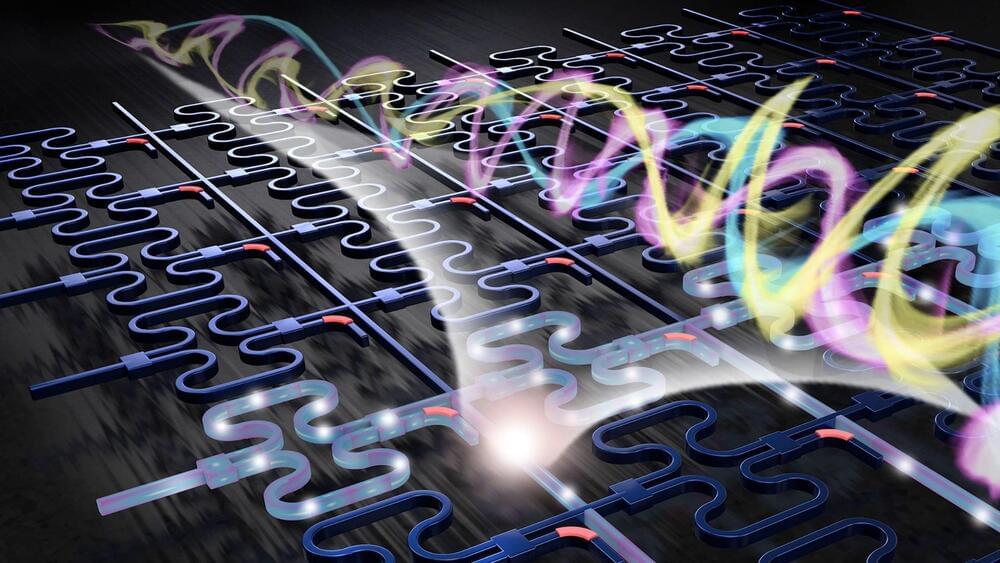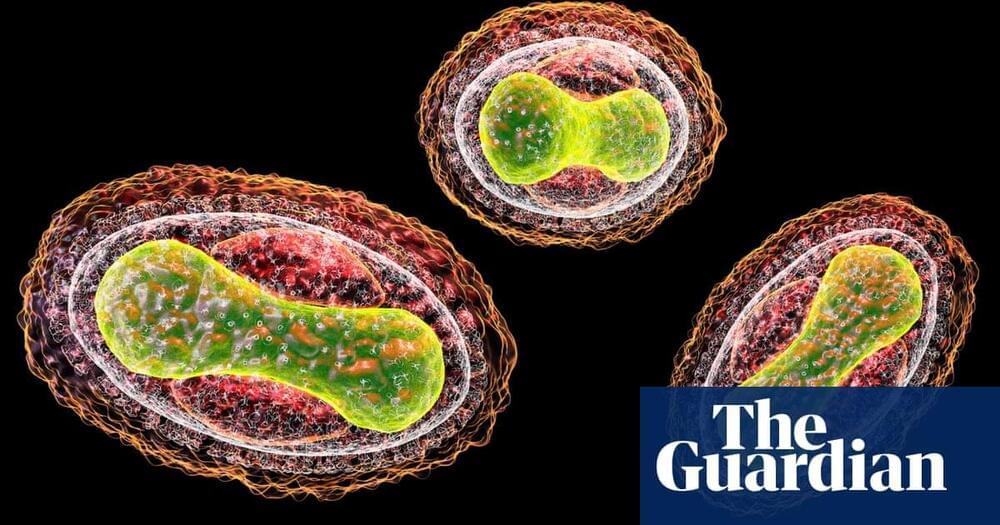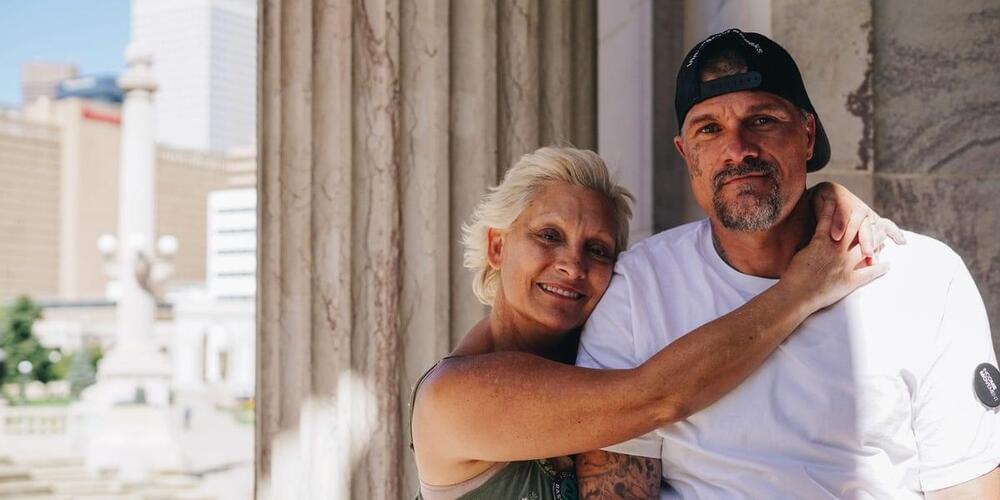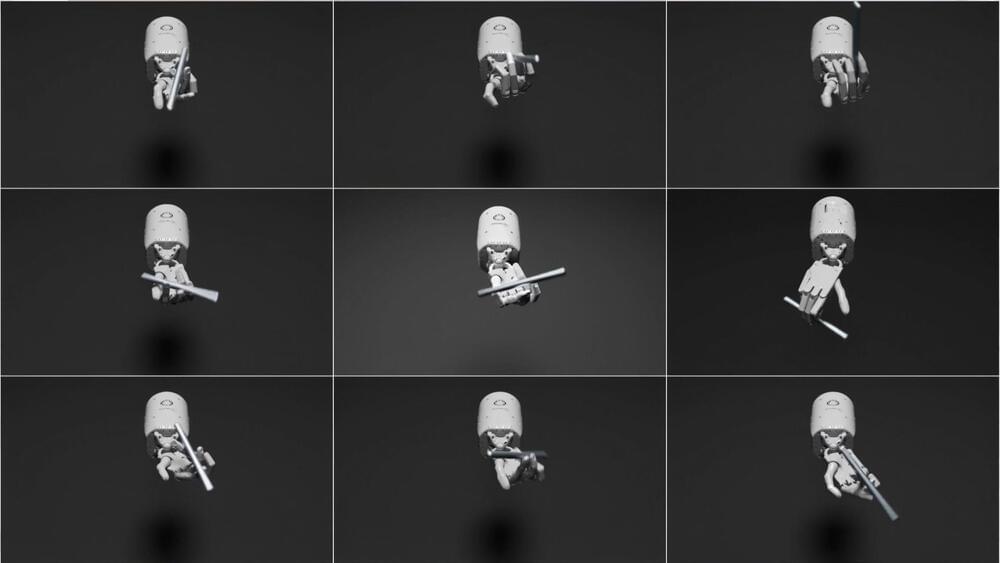Hollywood actors are on strike over concerns about the use of AI, but for as little as $300, Meta and a company called Realeyes hired them to make avatars appear more human.
One evening in early September, T, a 28-year-old actor who asked to be identified by his first initial, took his seat in a rented Hollywood studio space in front of three cameras, a director, and a producer for a somewhat unusual gig.
The two-hour shoot produced footage that was not meant to be viewed by the public—at least, not a human public.








